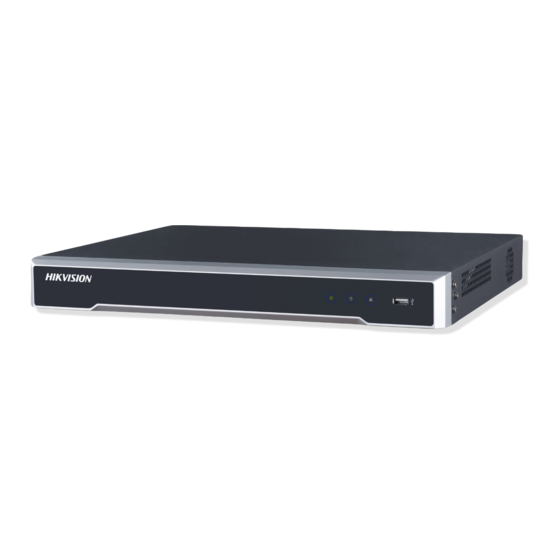
HIKVISION DS-7604 User Manual
Ds-7600 series analogue cctv recorder
Hide thumbs
Also See for DS-7604:
- User manual (98 pages) ,
- User manual (78 pages) ,
- Quick start manual (6 pages)











Need help?
Do you have a question about the DS-7604 and is the answer not in the manual?
Questions and answers
Забыл.пароль
1. Navigate to the Admin Password text box.
2. Type the current admin password (default is 12345).
3. Check the "New Admin Password" checkbox.
4. Enter the new password and confirm it in the provided text boxes.
5. Click "Next" to save the changes.
This answer is automatically generated